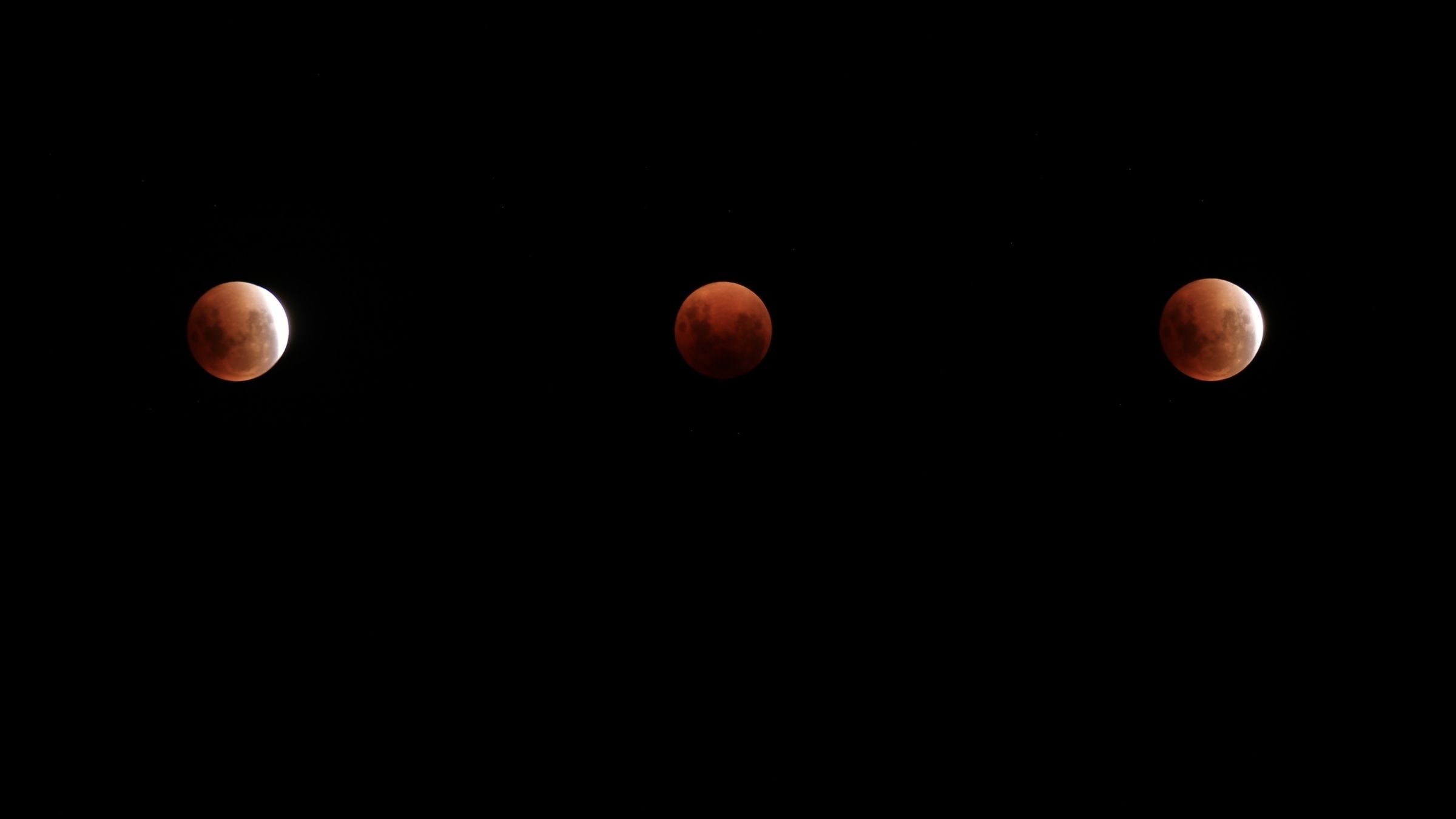Eclipses are wonderful examples of the extraordinary motion of the objects within our Solar System. For natural cosmic phenomena, you don’t get more remarkable than a total eclipse of the Moon!
For a total lunar eclipse to occur, the Sun, Earth and Moon need to be perfectly aligned in their oribts, with the Earth in the middle. As the Moon travels around the far side of the Earth, it passes directly into the shadow of the Earth.
The great thing is, you don’t need a telescope to witness this stunning celestial event. It’s spectacular to see with the naked-eye. However, if you have binoculars and/or a telescope, you’ll get a much closer look of course!
When and where to look: The lunar eclipse starts at 4.44pm on 3rd March, which is before moon rise for Western Australian observers. At moon rise, observers will see the partial eclipse underway. Shortly after at 7pm, the Moon will begin to turn a stunning red/coppery colour. Look to the eastern horizon. Here are the key times calculated for Perth:
- 4.44pm – penumbral eclipse begins (below the horizon in WA)
- 5.50pm – partial eclipse begins (below the horizon until 6.43pm in WA)
- 6.43pm – moon rise
- 7.04pm – total eclipse begins
- 7.33pm – maximum eclipse
- 8.02pm – total eclipse ends
- 9.17pm – partial eclipse ends
- 10.23pm – penumbral eclipse ends
Something Interesting
During a total lunar eclipse, the Moon becomes a red/coppery colour. As light travels through the atmosphere of Earth, blue light is scattered faster than red light, resulting in blue skies during the day and red/coppery skies at sunrise and sunset. This red/orange light then exits the atmosphere and travels though space, focused by refraction into a structure known as an umbra (Earth’s shadow). When the Moon passes through the umbra the only light that reaches the Moon is the red/orange light left over from sunrises and sunsets the world around. Hence, why we see the red/coppery colour.
Remember
Here on Earth we are lucky enough to be able to witness two kinds of eclipses:
- Solar eclipses, when the Moon moves directly between the Sun and the Earth and partially or completely obscures the disk or the Sun; and
- Lunar eclipses, when the Moon moves directly into the shadow cast by Earth into space.
A lunar eclipse happens when the Sun, Earth and Moon are all in a straight line in space. A lunar eclipse is when the Earth is in between the Sun and Moon and the Earth’s shadow moves across the Moon. A total lunar eclipse is when the Earth’s shadow passes over the whole Moon.
Safety Warning – Are Lunar Eclipses Safe to Look at with the Naked Eye?
Lunar eclipses are safe to observe with the naked eye. Although lunar eclipses are safe to observe with the naked eye, solar eclipses ARE NOT. If you are fortunate enough to view a solar eclipse, ensure that appropriate safety precautions are taken to preserve your eyesight.
Remember: Never look at the Sun directly as it can cause permanent eye damage or blindness.

